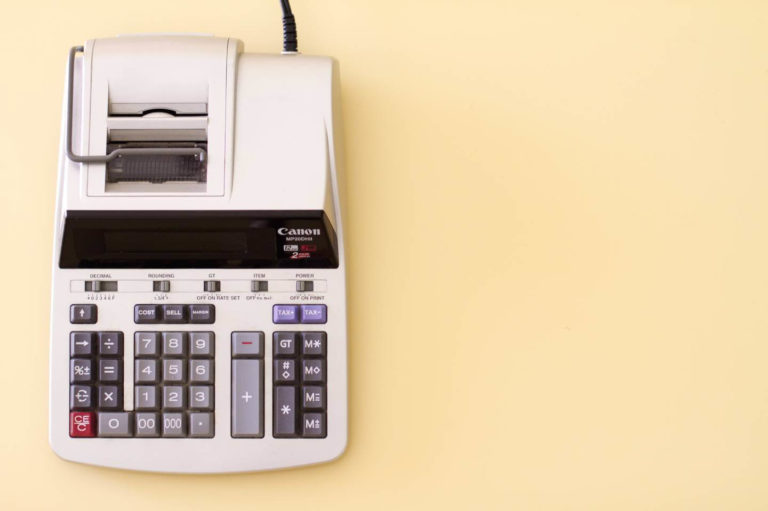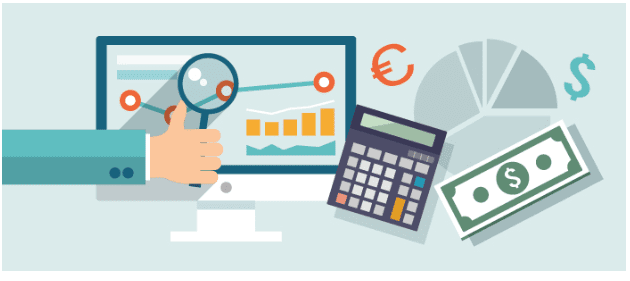Do you know what variable expenses (costs) are? If you are running your own business, you really should.
When you start a small business, you will have two types of expenses: fixed costs and variable costs. Fixed costs do not change with sales volume, but variable costs do. Learn more about these types of costs and what they mean for your business.
Fixed Costs: What Are They?
Fixed costs are the costs associated with your business’ product that must be paid regardless of the volume of that product or service you sell. No matter how much you sell or don’t sell, you still must pay your fixed costs.
One obvious example of a fixed cost is overhead. Overhead may include rent for the space your company occupies, such as your office space. It may also include your weekly payroll. Depreciation on equipment is almost always considered a fixed expense.
Another example of a fixed cost may be the cost of an e-commerce platform such as Shopify or PrestaShop where a fixed fee is paid each month.
Reducing certain fixed costs to improve your cash flow is possible, but may require decisions like moving to a less expensive workplace or reducing the number of employees. Other fixed costs, like depreciation, on the other hand, won’t improve your cash flow but may improve your balance sheet.
if you’re applying for a bank loan, for example, adjusting the depreciation schedule can improve your balance sheet. If you decide to change your depreciation schedule, be aware that:
- Slowing down the depreciation rate reduces your expenses on paper, but as a result, your IRS tax (if you are based in the U.S., of course—check what the situation is in your home country if you operate outside the U.S.) return will show an increase in profit.
- You’ll almost always need to get IRS approval to change an existing depreciation schedule. Again, this is U.S.-only.
Variable Expenses (Costs): What Are They?
Variable expenses are directly related to sales volume. As sales go up, so do variable expenses. As sales go down, variable expenses go down.
Variable expenses are costs of labor or materials that change with sales. One way for a company to save money is to reduce its variable expenses.
One way to reduce variable expenses is by finding a lower-cost supplier for your company’s product, for example. Other examples of variable expenses are most labor costs, sales commissions, delivery charges, shipping charges, salaries, and wages. Performance bonuses to employees are also considered variable costs. In many instances — not always — reducing variable expenses are a little easier to manage without major disruptions than changing fixed costs.
Returning to the Shopify and PrestaShop example, a variable cost here would be the amount of fees paid each month on your sales.
Semi-Variable Expenses
Some expenses have components that are fixed and some that are variable. One example is wages for your sales force. A portion of the wage for a salesperson may be a fixed salary and the rest may be sales commission.
When calculating your fixed and variable expenses, you should allocate the fixed portion to fixed expenses and the variable portion to variable expenses. Some depreciation methods that apply depreciation according to the asset’s use may be variable or mixed expenses—partly variable and partly fixed.
Reducing Variable Expenses
Trimming variable expenses is more difficult than cutting discretionary spending. Deciding not to buy a more expensive pair of shoes, for example, is a one-time decision that is much easier to make than deciding how to cut your grocery bill — and then sticking to those cuts from month to month.
This is where financial software that helps you manage your budget can help you out. By setting your budget goals and then tracking your variable expenses, you can see where and for what reasons your variable expenses increase.
Final Thoughts
If you need to start cutting back on costs, look at both your fixed and variable expenses. Devoting a Saturday afternoon to reviewing all your subscriptions, insurance plans, and recurring monthly bills may help you trim hundreds of dollars from your fixed monthly budget.











